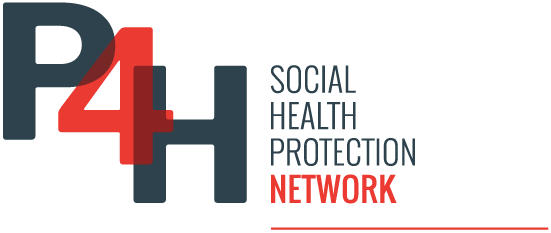Adequate nutrition is more than just access to food—it is a fundamental social determinant of health that shapes educational attainment, economic productivity, and overall well-being. Yet turning global nutrition commitments into real-world outcomes remains a complex challenge. A recent World Bank blog highlights nutrition-responsive budgeting as a powerful approach to close this gap.
As the Nutrition for Growth (N4G) Summit approaches, the World Bank calls for stronger, cross-sectoral public financial management systems that prioritize nutrition. Traditional budgeting systems, often limited to sector-specific silos, fail to address the multi-dimensional nature of malnutrition. Progress in nutrition depends not only on health interventions but also on advances in water, sanitation, agriculture, education, and social protection.
Nutrition-responsive budgeting integrates nutrition goals into government budgets across sectors. This means supporting interventions such as diversified farming, nutrition education in schools, and stronger food security programs. The goal is to ensure coordinated, well-funded efforts that produce tangible results.
To support this shift, the World Bank has launched a free online course designed for policymakers, development professionals, and civil society actors. The course teaches how to align national plans with budget priorities, monitor spending, and use data to guide decisions. It also promotes inter-agency coordination and accountability.
By embedding nutrition into budget planning, governments can better address malnutrition, reduce health disparities, and support long-term development. Nutrition-responsive budgeting is not just about funding—it’s about transforming systems to build healthier, more resilient societies.


